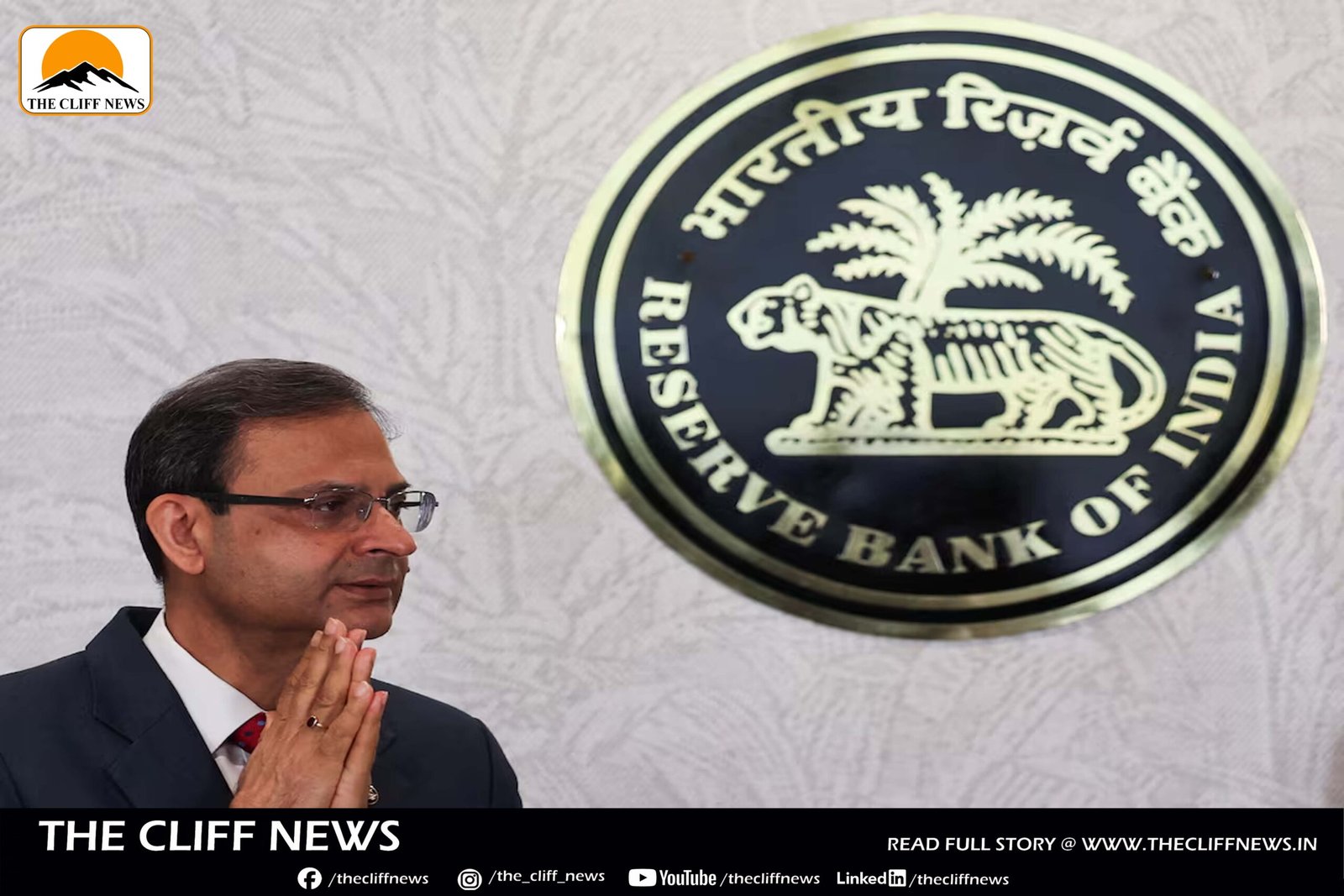Mumbai, April 9, 2025 (Reuters): In a bid to support the slowing economy amid rising global trade tensions, the Reserve Bank of India (RBI) on Wednesday cut its benchmark repo rate by 25 basis points to 6.00% — the second consecutive cut this year — and changed its monetary policy stance from ‘neutral’ to ‘accommodative’, indicating scope for further easing.
The move comes on the heels of the U.S. imposing 26% tariffs on Indian imports, sparking fears of a broader global slowdown and posing fresh challenges for emerging markets.
RBI Governor Sanjay Malhotra, addressing a press conference in Mumbai, acknowledged that while growth is improving after a weak H1 FY2024-25, it still lags behind expectations. The central bank also revised its GDP growth forecast for FY2025-26 down to 6.5% from 6.7% and cut its inflation estimate to 4.0%, citing a benign price outlook.
The decision was unanimously supported by all six members of the Monetary Policy Committee (MPC). Malhotra clarified that the ‘accommodative’ stance implies a focus solely on either maintaining rates or cutting them, without a direct link to liquidity conditions.
With trade protectionism and potential currency wars posing risks, the rupee remains under pressure. The RBI warned that a 5% depreciation in the rupee from its current level (around ₹86/USD) could raise inflation by 35 basis points, even as it boosts GDP growth by 25 bps via exports.
India’s 10-year bond yield slipped marginally to 6.50% post-announcement, while equity markets declined by 0.6%. The rupee, having already dropped 1.2% since the tariffs were announced, remains near record lows.
Analysts from Capital Economics and ANZ Research anticipate further rate cuts, with expectations of the repo rate dropping to 5.50% by August 2025.
Malhotra reiterated the RBI’s policy to manage “excess volatility” in the currency market, asserting that the central bank does not target a specific rupee level but remains ready to intervene when necessary.



